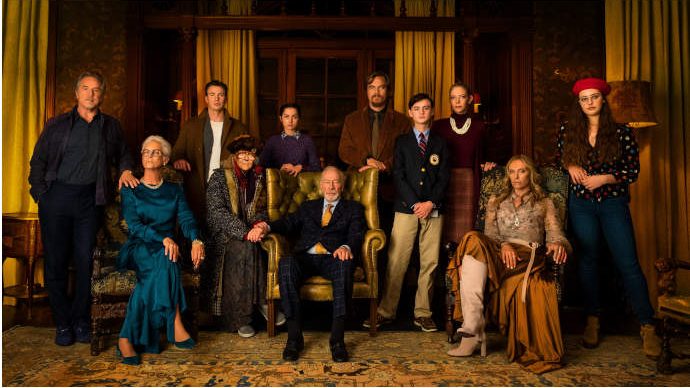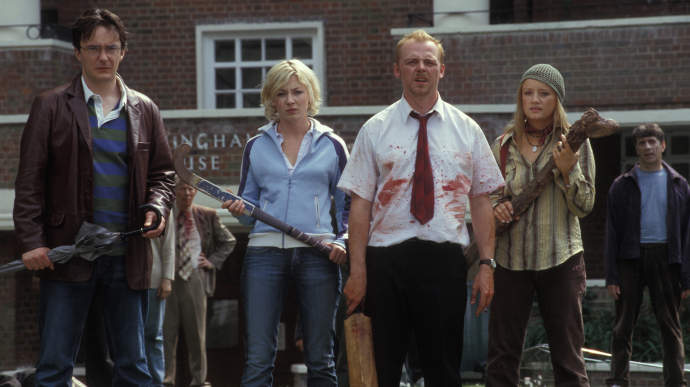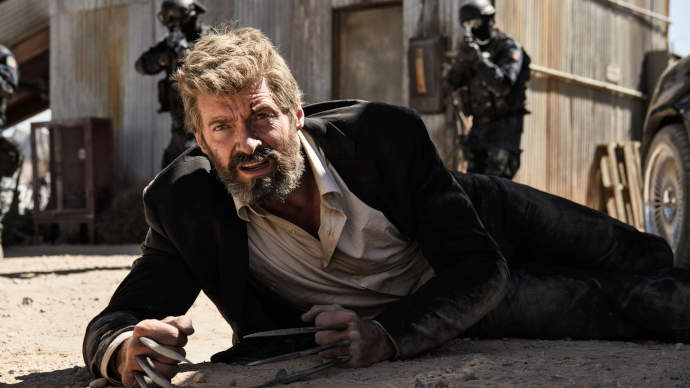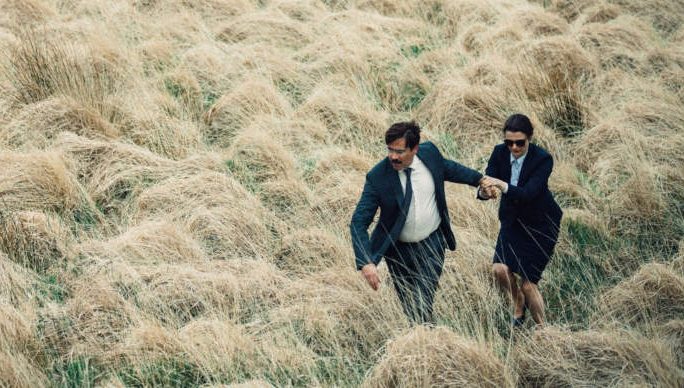Writing a story that successfully incorporates the tried-and-tested formulas of multiple genres? Well, that requires true mastery of the craft. To build on the rules of storytelling, you have to know the rules very well. For this reason, it takes a knowledgeable director to blend genres well. It’s a delicate art form, one that can turn ugly if not handled properly—and that’s why it’s so rewarding when a film actually pulls it off. Here are some of the best movies that blended genres and didn’t just get away with it, but were actually lauded for it! (The more genres a writer or director managed to amalgamate, the more weight given.)
5. Slither (2006)
James Gunn is mainly known for directing superhero films Guardians of the Galaxy (2014) and The Suicide Squad (2021). However, he made his feature film debut in 2006 with a genre-bending cult classic, Slither. The story follows Grant (played by the intense Michael Rooker), who’s infected by an alien when a meteorite lands right in front of him. What follows is total mayhem, with the foreign species trying to infect as many people in the small town as it can. What starts out as a classic homage to 1950s sci-fi cinema soon becomes a cocktail of horror genres. While it’s clear that Gunn takes inspiration from The Thing from Another World (1951), Invasion of the Body Snatchers (1956), and The Blob (1958), he doesn’t stay in that territory for long. Gunn’s first turn? Into the zombie horror subgenre. Then, towards the end of the film, he shifts towards body horror, seemingly inspired by David Cronenberg’s early work. Throughout it all, comedy is ever-present. Slither could even be classified as a romantic story (between Nathan Fillion and Elizabeth Banks) as well as an emotional drama in some parts. It’s a film that flew under the radar at release, even though the writing and directing provide a masterclass on how to successfully blend genres.
4. Knives Out (2019)
In 2019, Rian Johnson revived the murder mystery genre with a single film. The whodunnit subgenre had become rather formulaic and stale by then: the detective arrives on scene, goes through the suspects, and eventually reveals the truth in a grand, verbose monologue. With Knives Out, Johnson spun the genre on its head. Firstly, he shifts the storytelling focus from detective mystery to crime thriller. As we’re all thinking about who the next red herring might be, Johnson comes right out and tells us who the murderer is—and he does so through a flashback, not through a detective’s monologue. In doing this, the entire framing changes: we’re no longer on the side of the detective and hoping he catches the murderer, but rather on the killer’s side and hoping they can get away with it. Johnson then does the unthinkable—by turning the film back into a whodunnit mystery! We still get the detective’s monologue, but without all of the preamble that’s been stifling the genre for years. On top of all this, Johnson also weaves in loads of comedy, Greek tragedy, and social issues drama. Knives Out isn’t just refreshing; it’s inspiring.
3. Shaun of the Dead (2004)
Edgar Wright is a true virtuoso when it comes to crossing genres. He’s a bona fide cinephile with a wealth of knowledge to draw from, creating works that feel innovative and original every time. That vast understanding of cinema is why he’s able to mix genres so well. While any of the films from the Three Flavours Cornetto trilogy could be used as examples, we’re going with Shaun of the Dead. First and foremost, it’s a zombie movie—but it’s a lot more than that. Shaun of the Dead is also a drama, a comedy, and a romance film, all of which are incorporated in equal measure. The zombie backdrop is merely a setting for all the drama, comedy, and romance to take place in. Ultimately, the film is about Shaun learning to grow up, take on responsibility, and dedicate himself to his one true love. It’s about his relationship with his mother, his issues with the man who raised him, and the difficulties in maintaining a friendship with someone he’s outgrown. All of this is done completely seamlessly and speaks to Wright’s talent as a director and a writer.
2. Logan (2017)
Logan is probably far from the first film to come to mind as far as genre blending, but it’s really one of the best—a true model of how to blend vastly different genres effectively and thematically. Writer and director James Mangold loves innovating, with Cop Land (1997) updating the trite police thriller genre with a new, self-reflective look at authority and responsibility. Logan does just the same thing, except this one’s rooted in the superhero genre. Unlike most superhero blockbusters, Logan is an intense look at the character development of Logan, making the film closer to a drama than anything else. Weary and nihilistic, the heart of the story is found in his relationship with a young girl whom he’s tasked with saving. But this isn’t just any character-driven superhero flick. It confidently fits within the classic Western genre—a beloved genre that focuses on love, loneliness, and how our relationships with people around us are often fraught through our use of violence. Logan could’ve been just another Wolverine flick, but Mangold spun it into something special: a drama, a Western, a tragedy. Writing like this ensured that there wasn’t a single dry eye leaving the theater.
1. The Lobster (2015)
Yorgos Lanthimos has a tendency to make bizarre films; his debut feature Dogtooth (2009), an underrated gem, is evidence enough of that. However, he truly topped himself when he made The Lobster (2015). The film follows a man who’s incarcerated until he can find a new life-partner—and if he can’t find them in time, he’ll literally be turned into an animal. The premise alone doesn’t fit within a single genre! The Lobster is perhaps most succinctly summed up as a dark comedy, which makes sense given that Lanthimos has a very particular sense of humor that makes his films feel strange and unsettling. But it’s not just comedy. There are elements of thriller at various moments, particularly when the protagonist is on the verge of capture after he escapes his imprisonment. It also verges into satirical horror when the narrative clearly critiques antiquated dating procedures. All of that, and The Lobster is still more: a dystopian tragedy with a sci-fi edge. It’s a miracle that this film even works, let alone succeeds. The Lobster is never solely one mood, one idea, one type. It’s a masterful mix of many, and that’s why it tops our list as the best film to blend genres.

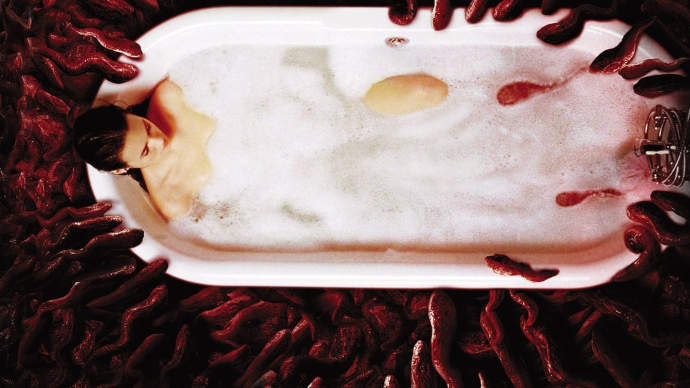
![]()
